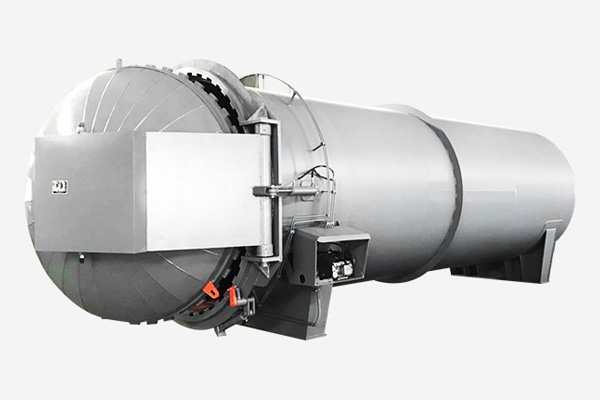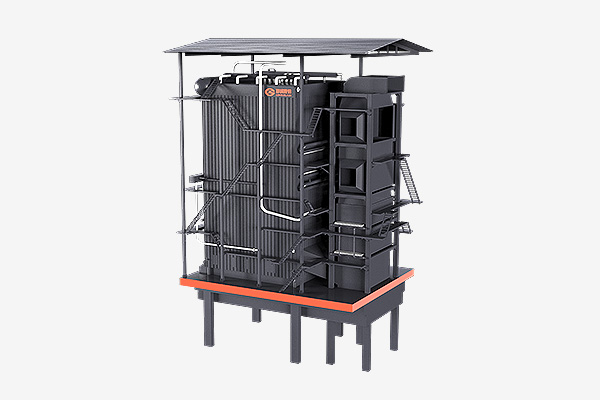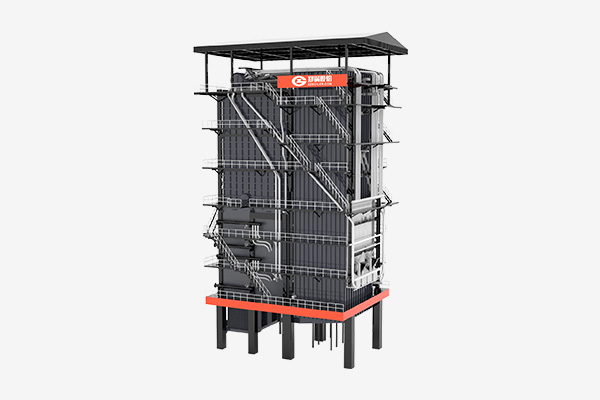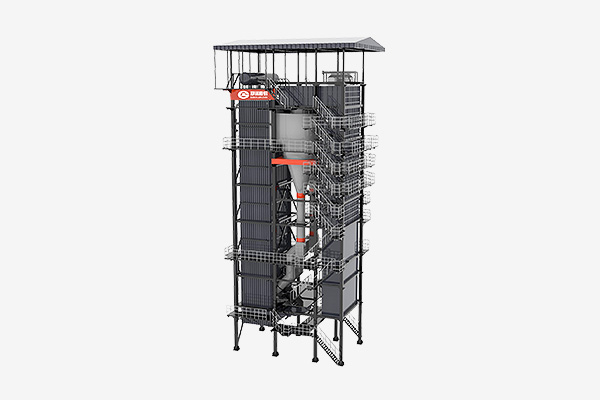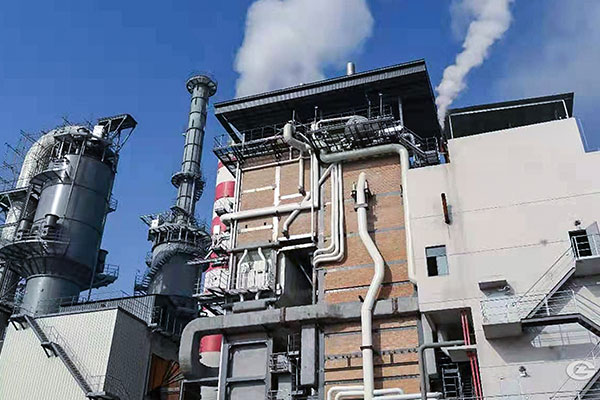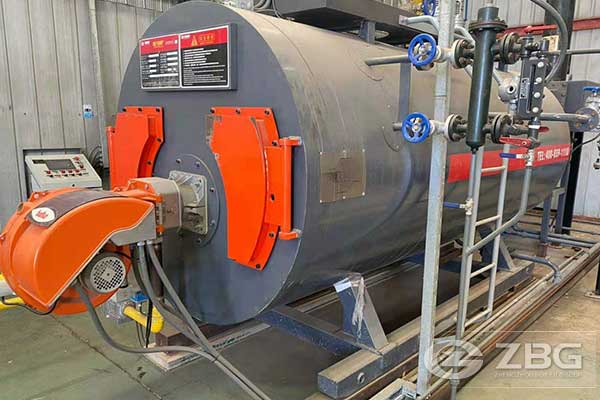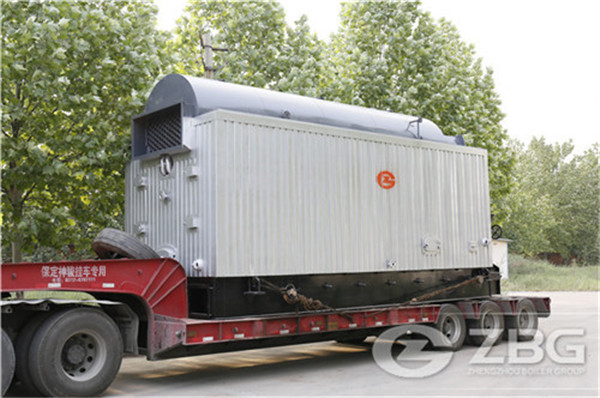Biomass Power Generation Cost Analysis
2018-12-29 13:50:38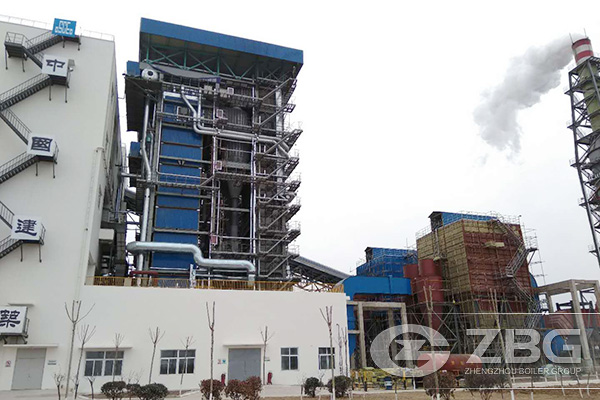
At present, biomass power generation is becoming more and more popular. On the one hand, it is the reuse of resources, on the other hand, it also takes into account the economic and environmental benefits. So what are the costs of biomass power plants?
1.The total installed costs of biomass power generation technologies varies significantly by technology and country.
2.Operations and maintenance (O&M) costs can make a significant contribution to the levelised cost of electricity (LCOE) and typically account for between 9% and 20% of the LCOE for biomass power plants. It can be lower than this in the case co-firing and greater for plants with extensive fuel preparation, handling and conversion needs. Fixed O&M costs range from 2% of installed costs per year to 7% for most biomass technologies, with variable O&M costs of around USD 0.005/kWh. Landfill gas systems have much higher fixed O&M costs, which can be between 10% and 20% of initial capital costs per year.
3. Secure, long-term supplies of low-cost, sustainably sourced feedstocks are critical to the economics of biomass power plants. Feedstock costs can be zero for wastes which would otherwise have disposal costs or that are produced onsite at an industrial installation (e.g. black liquor at pulp and paper mills or bagasse at sugar mills). Feedstock costs may be modest where agricultural residues can be collected and transported over short distances.
4.The LCOE of biomass-fired power plants ranges from USD 0.06 to USD 0.29/kWh depending on capital costs and feedstock costs. Where low-cost feedstocks are available and capital costs are modest, biomass can be a very competitive power generation option. Where low-cost agricultural or forestry residues and wastes are available, biomass can often compete with conventional power sources. Even where feedstocks are more expensive, the LCOE range for biomass is still more competitive than for diesel-fired generation, making biomass an ideal solution for off-grid or mini-grid electricity supply.
5. Many biomass power generation options are mature, commercially available technologies (e.g. direct combustion in stoker boilers, low-percentage co-firing, anaerobic digestion, municipal solid waste incineration, landfill gas and combined heat and power). While others are less mature and only at the beginning of their deployment (e.g. atmospheric biomass gasification and pyrolysis), still others are only at the demonstration or R&D phases (e.g. integrated gasification combined cycle, bio-refineries, bio-hydrogen). The potential for cost reductions is therefore very heterogeneous. Only marginal cost reductions are anticipated in the short-term, but the long-term potential for cost reductions from the technologies that are not yet widely deployed is good.
More information about biomass power generation analysis or biomass power plant calculate, please feel free to contact us.
For all inquiries, please fill in the form below (* are required) to send us a brief message, and we will get back to you as soon as possible.
